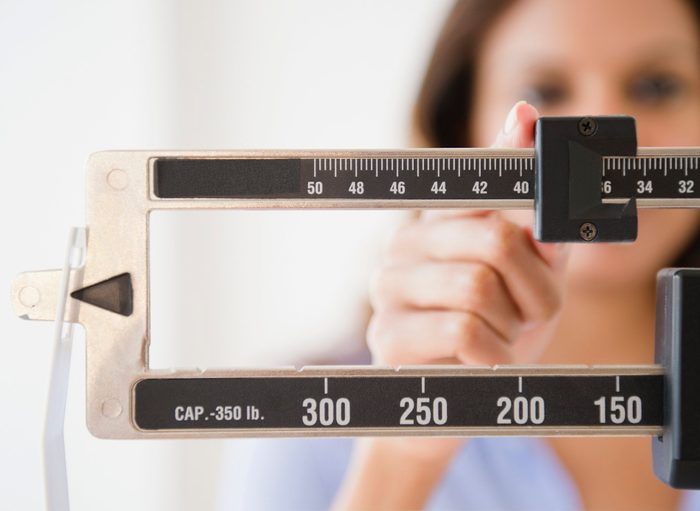
Weight loss secrets from across the globe
Whole food diets. Brief fasting. Walking before and after a meal. Tea as the beverage of choice. Some of the best weight loss secrets aren’t secrets at all—they’re deeply rooted traditions practiced by people all over the world. “People in the Mediterranean region didn’t sit down one day and say, ‘let’s create a hot diet book,'” says registered dietitian Bonnie Taub-Dix, author of Read It Before You Eat It—Taking You from Label to Table. “Their diet is actually a way of life.” But you don’t have to be a globe-trotter to benefit. In fact, you may not have to leave your house to try these healthy tips.
(Also, read about what three top Canadian fitness experts have to say about weight loss.)
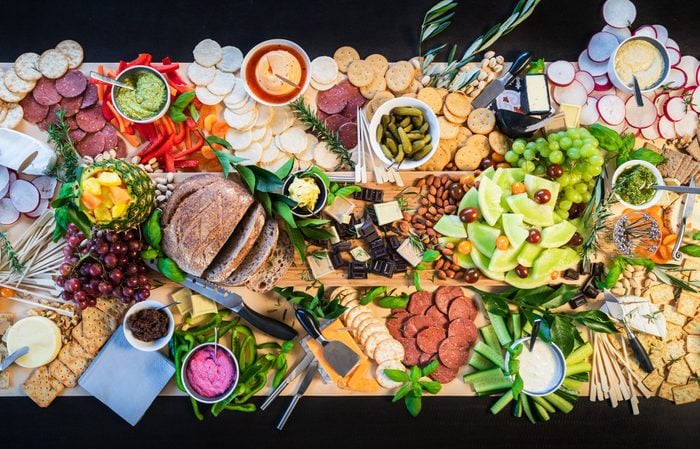
Italy: A heart-healthy approach
People in Italy and all the countries around the Mediterranean traditionally eat meals rich in fruits, vegetables, fresh fish, and whole grains. That’s a snapshot of the famous Mediterranean Diet, which has been proven to improve heart health, support weight loss, and possibly even extend your life, says Taub-Dix. That way of life includes communal meals, big lunches, and small dinners, and a focus fresh, whole foods, plus a little wine if you choose. Did you know the Mediterranean diet is one of two diets that actually work?
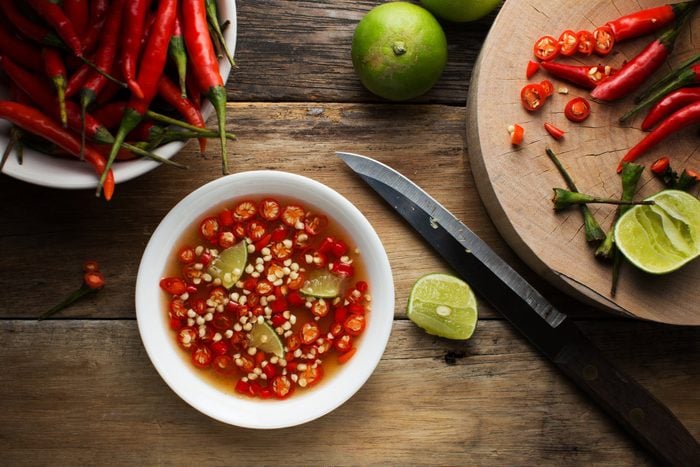
Thailand: Spice it up
Thai food is among the spiciest in the world. Hot peppers raise your metabolism, but the real benefit of food with a little zing is that it slows your eating, says James Hill, PhD, Professor and Chairman of the Department of Nutrition Sciences of the University of Alabama’s Nutrition Obesity Research Center. “Americans eat too fast,” he says. “By the time your body signals that it’s full, you’ve overeaten. Eating slower is a good weight-loss strategy, and making food spicier is an easy way to do it.” You don’t have to eat hot foods to slow down your eating—you can also try practicing mindful eating.
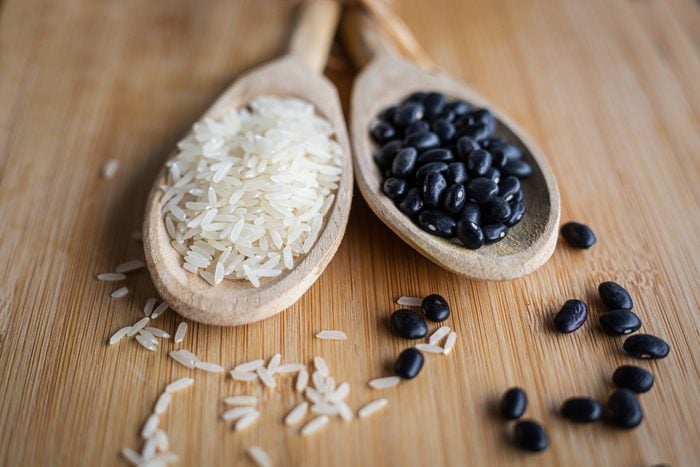
Brazil: Serve a side of rice and beans
All that shaking at Carnaval isn’t the only body-friendly habit in Rio; Brazilians enjoy this traditional dish with just about every meal. A study in the journal Nutrients found that beans are “anti-obesogenic,” which basically means they lower the risk of becoming overweight while also being top-notch, budget-friendly sources of fibre and protein. Here are other great sources of vegan protein.
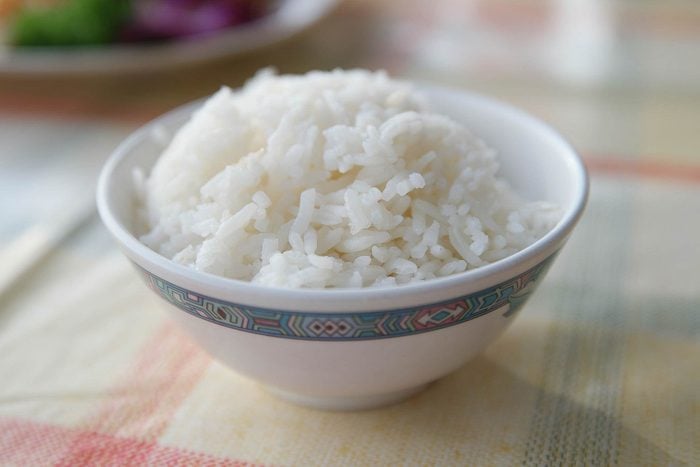
Indonesia: Try fasting once in a while
Islam, this country’s leading religion, encourages periodic fasting: no food or drink from dawn to dusk. Others in Indonesia practice mutih, which allows only water and white rice. Although experts don’t recommend fasting for weight control, fasting in moderation can break patterns of mindless eating, says Dr. Hill. “Most Americans never get hungry,” he points out. “We’ve eaten the next meal before we’ve entirely digested the last one.” No need for strict abstinence to get these psychological benefits: Try just cutting your calories in half for a day. Registered dietitian Frances Largeman-Roth, nutrition and wellness expert and author of Eating in Color, agrees, but says: “I wouldn’t recommend fasting for people who have a history of eating disorders, as restricting food may trigger their disorder.” Here’s what you need to know about intermittent fasting before getting started.
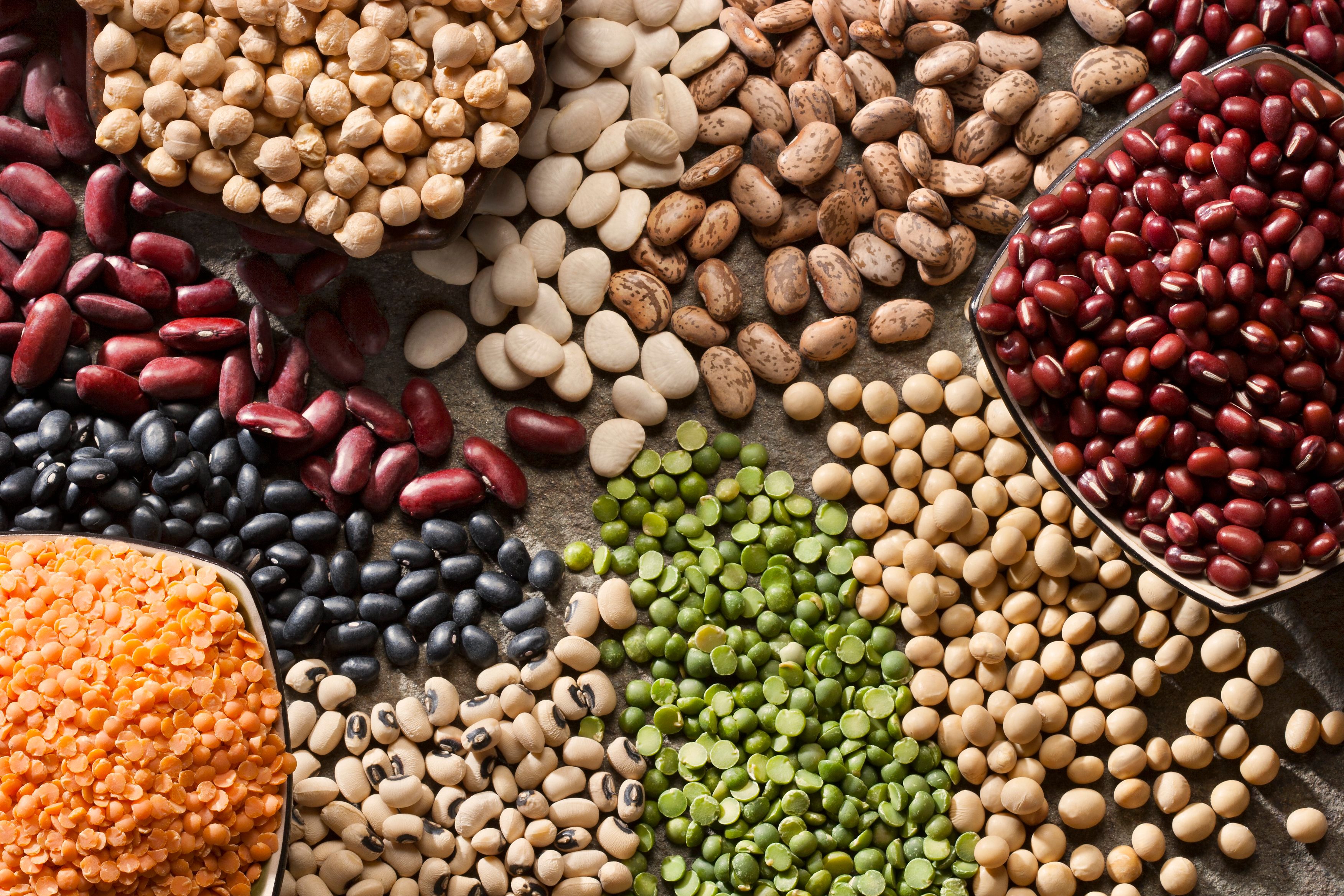
Middle East: Pulses make a main course
All over the Middle East you’ll find delicious dishes that feature pulses—chickpeas, red and green lentils, and dried peas and yellow split peas—at the center of the plate, including spreads, salads, stews, and wraps. “Pulses are a valuable protein source, and though they sound strange, you’re probably already including them on your menu,” says Taub-Dix. Studies found that pulses are packed with micronutrients such as iron and potassium, and act as powerful ally in the fight against obesity. Try this lentil salad—it’ll change how you feel about pulses.
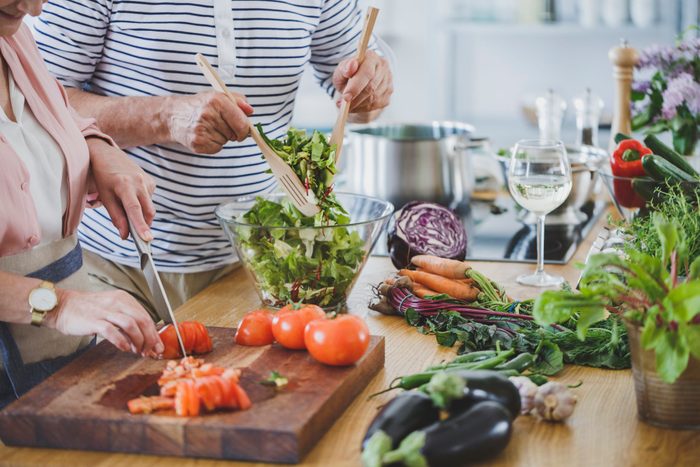
Poland: Eat at home more often than you eat out
Poles typically spend only 5 percent of their family budget on eating out. According to Statistics Canada, 54 percent of Canadians eat out at least once a week (which may be more or less in quarantine). To save money and pounds, start tracking how often you eat out and how much you spend each month, and gradually cut back. Your health will thank you! According to a study in the International Journal of Behavior, Nutrition, and Physical Activity, cooking at home five days a week was associated with more fruit and vegetable consumption, better blood glucose control, and more effective weight maintenance. Here are some plant-based dinner recipes for quarantine and beyond.
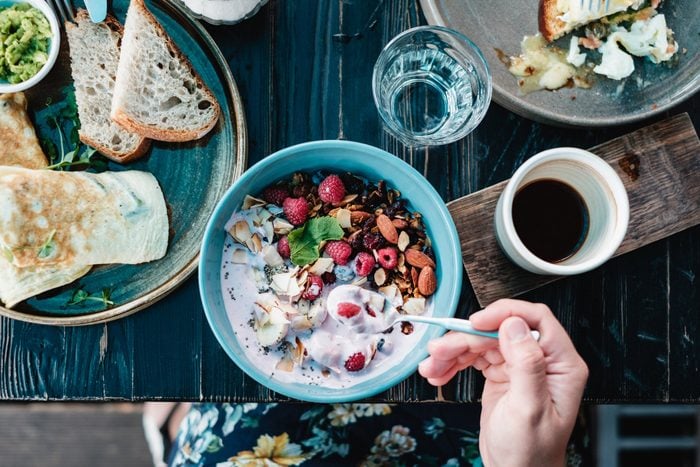
Germany: Eat your breakfast
An impressive 75 percent of Germans eat breakfast daily (compared with 60 percent of Canadians). They’re not grabbing Egg McMuffins either; they’re sitting down to fruit and whole-grain cereals and breads. Nutritionists have been advising people not to skip breakfast for years, but recent studies give a better picture of its importance. In one 2018 study in the International Journal of Environmental Research and Public Health, eating breakfast was associated with better health, lower stress, and a higher quality of life. Here are a few healthy breakfast recipes.

Netherlands: Swap the gas pedal for the bike pedal
Bikes (18 million) outnumber people (16.5 million) in the Netherlands. But unlike Americans (most of whose two-wheelers languish in basements and garages) 54 percent of Dutch bike owners use them for daily activities, such as shopping and traveling to work. The average Dutchman pedals 541 miles per year. Traffic lights in parts of Amsterdam are even synchronized to bike speed. Try using your bike to run errands close to home. If you’re of average size and pedaling at a moderate pace, you can burn around 550 calories per hour. (Interested in buying a road bike? Here’s everything you need to know.)
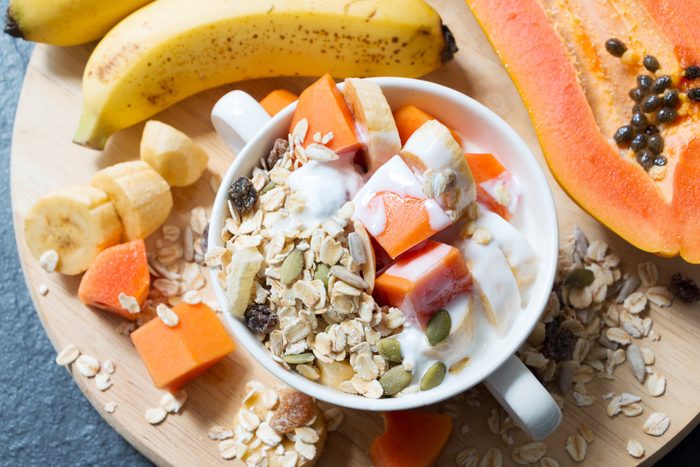
Switzerland: Try a bowl of muesli
Muesli is a porridge or cereal made from oats, fruit, and nuts, each of which has been linked to better health and weight control. It was developed by a Swiss physician more than a hundred years ago to nourish hospital patients, but the Swiss eat it for breakfast or as a light evening dish. Muesli’s fibre makes it slow to digest, keeping you feeling full longer. Read the label carefully, though: Sugar content can vary from 2 to 14 grams per serving. These vegetables are a great source of fibre.

Turkey: More tea, please
Any culture that sips tea all day and always offers a hot cup to guests has a lot to teach the rest of us about health. Tea is an amazing source of healthy antioxidants, and the caffeine in green and black tea can boost your mood and may even help you lose a few pounds. But Taub-Dix notes it’s also a great weight loss crutch: “When I want a break but it’s not time for a meal I will always get tea,” she says. “I feel like a steamy mug of tea is a great alternative to an unnecessary snack.” Find out how much you know about antioxidants with our quiz.
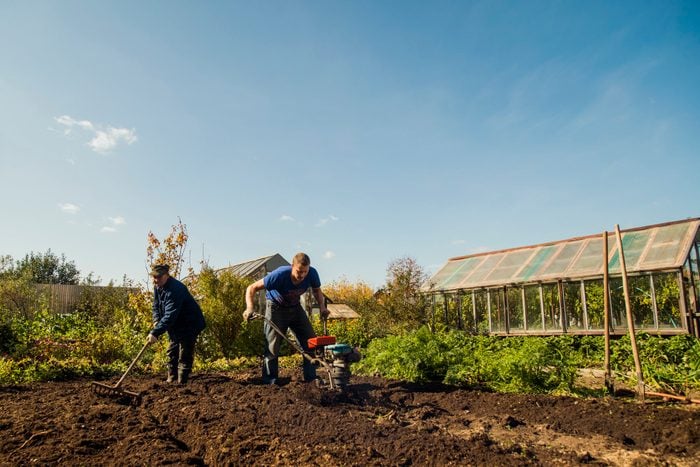
Russia: Carve out a dacha plot
Country houses, or dachas, where 51 percent of city folk spend vacations and summer weekends, almost always feature a garden. Russians grow their own vegetables and fruits and preserve and can what they grow. That makes their diet more nutritious.

Malaysia: Turn up the turmeric
This spice, a key ingredient in curries, grows wild in Malaysian jungles. One of its chief components is a substance called curcumin, which may turn out to be a potent fat fighter. A recent review in the journal Foods found that curcumin is linked to a variety of health benefits, and may reduce cholesterol and the risk of metabolic syndrome. Learn how much turmeric you need to reduce inflammation.
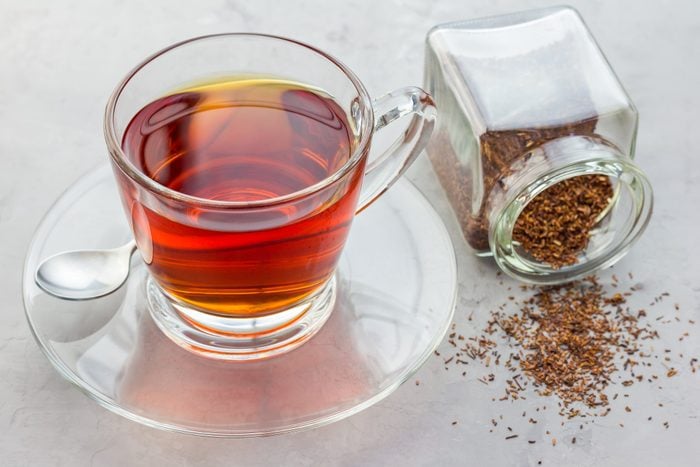
South Africa: Sip some rooibos tea
Enjoyed throughout the country, rooibos tea is more robust than green tea, and because it’s naturally sweet, it needs no sugar. Ditching your daily Frappuccino for a cup of rooibos could save you thousands of calories per month. “Tea-drinking cultures generally have lower rates of obesity,” says Fred Pescatore, MD, a natural medicine physician and author of The Hamptons Diet. “That may be from special compounds, such as catechins, that certain teas contain, or it may simply be that we often think we’re hungry when we’re really dehydrated.” But bubble tea is not the same thing. Learn why bubble tea is actually bad for you.
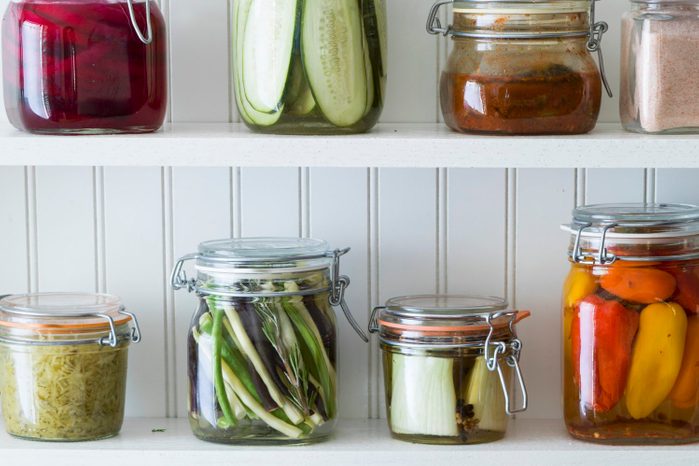
Hungary: Crunch more pickles
Hungarians like things pickled: not just cucumbers but bell peppers, cabbage, and tomatoes. These tart treats can help maintain your weight, probably because of the vinegar that pickles them. Growing evidence suggests that acetic acid, the main component of vinegar, helps reduce inflammation, blood pressure, blood sugar levels, and the formation of fat.

Norway: Take a Sunday family tour
It’s a deeply rooted Norwegian habit: On Sunday, everyone from toddlers to grandparents heads out to hike (in summer) or cross-country ski (in winter). Compare that with the typical American household, where the only Sunday expedition is from the fridge to the football game on TV. Start a Nordic tradition in your house. Learn the benefits of walking for just 15 minutes.

India: Get yourself all twisted up
Most Americans respect yoga’s stress-busting and flexibility-enhancing power, but not many realize it facilitates weight loss. In fact, a recent study found that yoga devotees have a lower body mass index (BMI) than other exercisers do. There are probably multiple reasons. Yoga is best done on an empty stomach and can build muscle (depending on your preferred poses), which boosts your metabolism. And it encourages mindfulness, which includes paying attention to whether you feel full. Here’s how to find the right type of yoga for you.

Japan: Perfect the power nap
In this on-the-go country, many people take time for a daily 20- to 30-minute nap, says James Maas, PhD, a sleep researcher and author of Power Sleep. There’s increasing evidence that chronic sleep deprivation raises the risk of weight gain. Dr. Maas blames two hormones: leptin, which helps the brain sense when you’re full, and ghrelin, which triggers hunger. The less sleep you get, the lower your leptin levels, and the higher your ghrelin. “Many people think they’re hungry when they’re actually sleepy,” Dr. Maas says. “Instead of a snack, they need some shut-eye.” (Here are tricks for taking a nap that energizes you.)
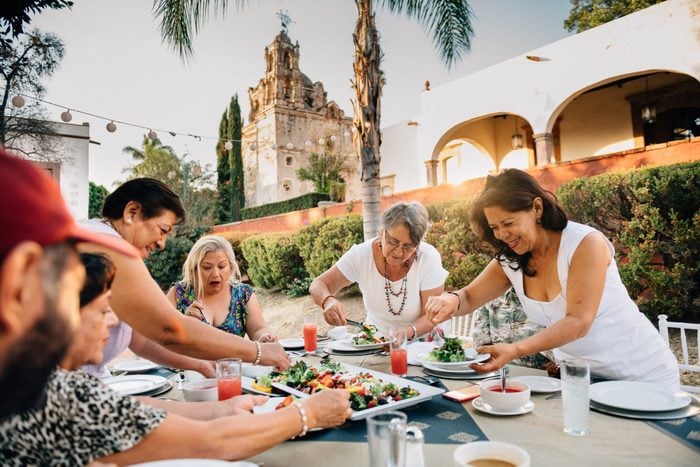
Mexico: Make the midday meal the biggest
Instead of ingesting the bulk of the day’s calories in the evening, as most Canadians do, Mexicans traditionally eat their biggest meal between 2 and 4 p.m. If you eat less at night, you’ll wake up hungrier and eat a bigger breakfast, which facilitates weight control. As a general fat-fighting rule, try to get the bulk of your daily calories at breakfast and lunch. (Learn about the weight loss motivation that helped people shed pounds.)

France: Sit long, talk lots
The French excel at the leisurely family meal. On average, 92 percent of French families dine together nightly, compared with 28 percent of American families. “For the French, eating is the event of the day,” says Dr. Pescatore. “For us, it’s something we do before heading out to do something else.” Lengthy meals actually encourage less eating, Dr. Pescatore says. Conversation slows down the fork and gives you time to realize you’re full. Learn how mindful eating can impact your happiness.

Finland: Take up nordic walking
This is one of the Finns’ favourite outdoor activities. It’s not as exotic as it sounds: All that’s required is a pair of inexpensive, lightweight walking poles. Holding these in your hands aids balance, which is great if you’re older or if you’re on slippery terrain. Even better: Because they make you use muscles in your shoulders, arms, and torso, the poles transform walking into a total-body workout that burns 20 percent more calories, according to a study at the Cooper Institute in Dallas. Winter or summer, it’s a simple way to derive more fat-reducing benefit from your regular walk. Find out how many minutes you need to walk to boost your mood.
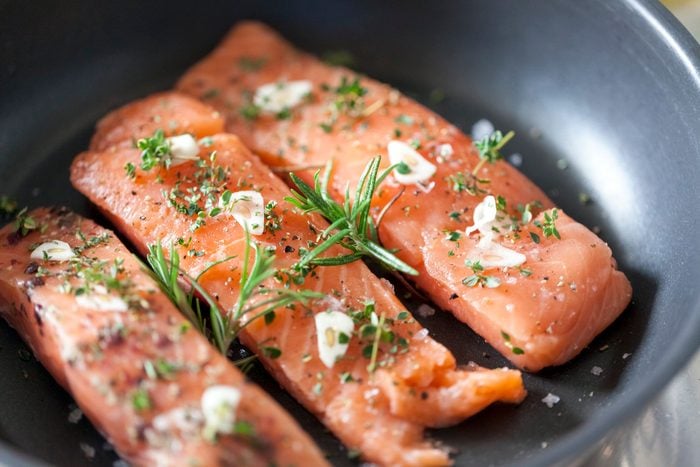
Iceland: Eat something fishy
This island nation is surrounded by cold water, so no wonder fresh fish is a huge part of the national diet. Omega-3s in fatty fish like salmon and tuna lower your risk of heart disease and stroke, and build cell membranes throughout the body that perform anti-inflammatory functions. Eating more fish can also help with weight loss, says Largeman-Roth. “Because salmon is so high in protein and good fats, it’s very satisfying, so if you pair it with whole grains and leafy greens, it will keep you feeling full for hours, which means you won’t need to munch on extra snacks in between meals,” she says. Try our recipe for maple salmon.
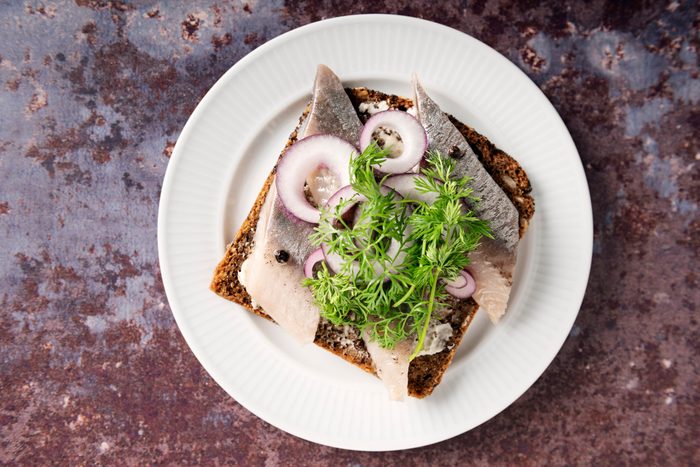
Netherlands: Swallow more herring
The Dutch down about 85 million of these slippery fish per year (raw). That’s about five for every person in the country (and five more than eaten here). They’re pickled, then served unadorned as snacks or in soft buns with onions and gherkins for lunch. Oily fish like herring is slimming for a few reasons, says Dr. Pescatore. It contains lots of omega-3 fatty acids, which reduce levels of the stress hormone cortisol, and cortisol is known to increase the amount of fat deposited around your middle. What’s more, lunching on herring or canned sardines guarantees you’ll ingest far fewer calories than you would if you eat a burger or even fish sticks. Just don’t forget the breath mints.
Next, learn the ways you’re sabotaging your weight loss.
